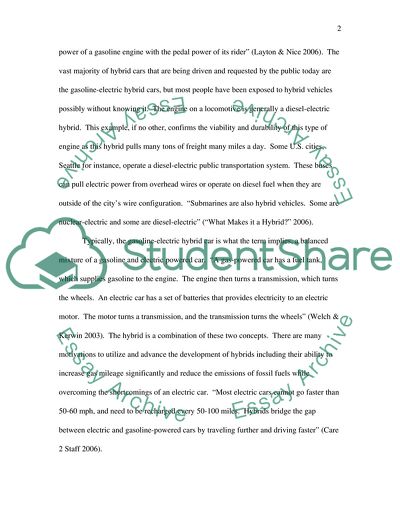Cite this document
(Dangers and Benefits of Hybrid Cars Literature review, n.d.)
Dangers and Benefits of Hybrid Cars Literature review. https://studentshare.org/technology/1703456-hybrid-cars
Dangers and Benefits of Hybrid Cars Literature review. https://studentshare.org/technology/1703456-hybrid-cars
(Dangers and Benefits of Hybrid Cars Literature Review)
Dangers and Benefits of Hybrid Cars Literature Review. https://studentshare.org/technology/1703456-hybrid-cars.
Dangers and Benefits of Hybrid Cars Literature Review. https://studentshare.org/technology/1703456-hybrid-cars.
“Dangers and Benefits of Hybrid Cars Literature Review”. https://studentshare.org/technology/1703456-hybrid-cars.


